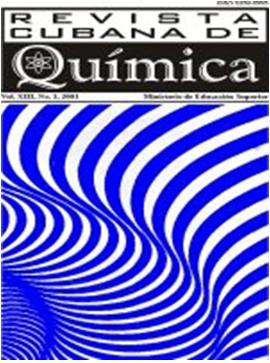Guachapelí vs Marabú and the Kinetic pyrolysis
Abstract
The uses of forest residues or bushes, such as the Marabou, as a renewable resource of energy take economic and environmental importance. This work aims to characterize the Guachapelí (Ecuadorian) and Marabou (Cuban) woods chemically and energetically and study their kinetics of pyrolytic devolatilization. For this purpose, elemental, immediate analysis, and thermal analysis techniques such as Thermogravimetric Analysis, Differential Thermogravimetric and Differential Scanning Calorimetry were performed. The study showed that the chemical characteristics of the biomasses examined explain the high values of determined higher caloric power, and justify their sustainable thermal energy utilization. The kinetic analysis of the pyrolytic decomposition of these biomasses determined the kinetic models and activation energy for each step. Besides, the combination of the Coats (Integral) and Achar (Differential) equations contributes to counteract the limitations of the model-fitting Method with respect to the kinetic model.
Keywords: wood residues, pyrolysis, kinetic, guachapelí, marabú.
Downloads
Published
How to Cite
Issue
Section
License
This journal provides immediate open access to its content, based on the principle that offering the public free access to research helps a greater global exchange of knowledge. Each author is responsible for the content of each of their articles.























